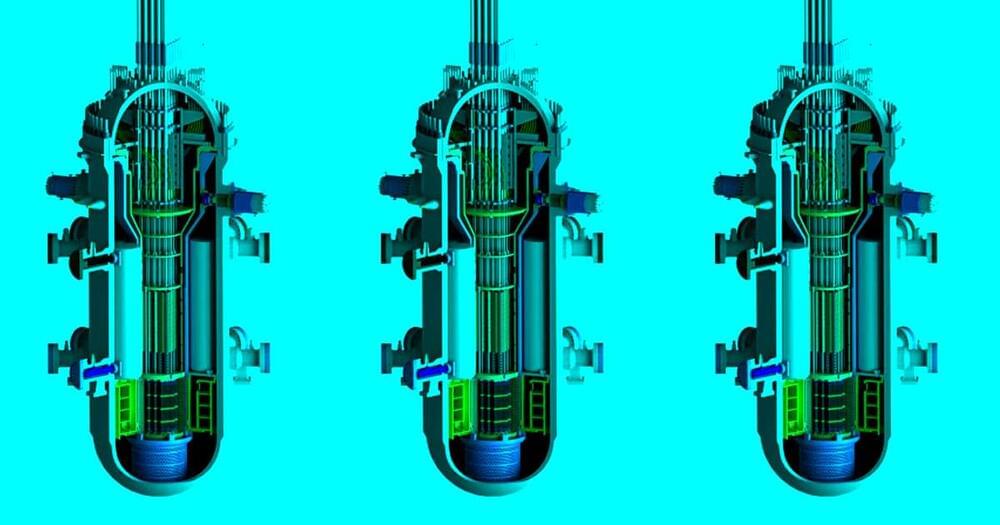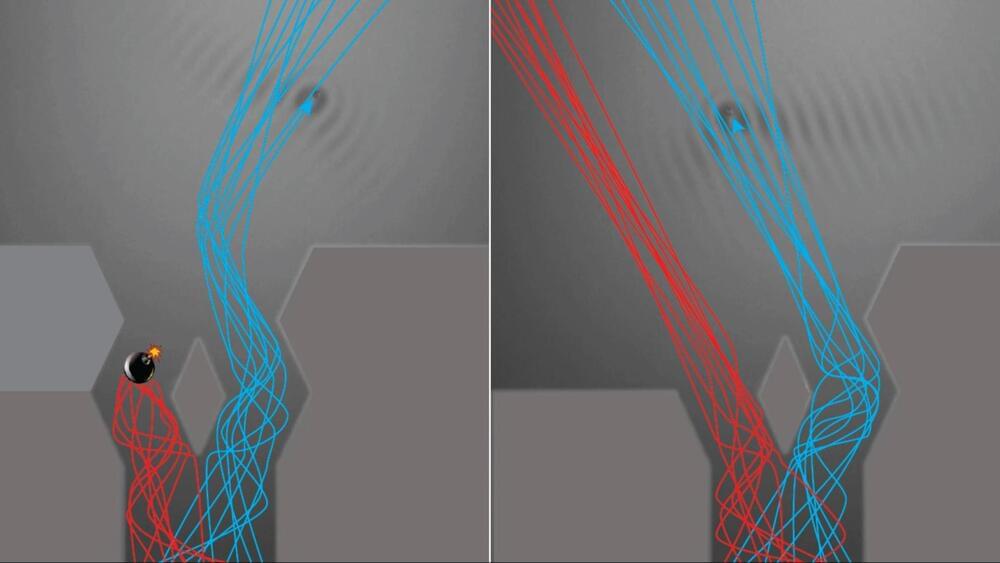Microsoft is looking to accelerate the regulatory approval process for setting up new nuclear power plants using AI.



😀 Amazing breakthrough face_with_colon_three
A group of Spanish researchers have developed a brain-computer interface based on electroencephalograms that allowed a group of 22 users to play a simple multiplayer game. The interface was 94% accurate in translating players’ thoughts into game moves, with each move taking just over 5 seconds. The study was published in Frontiers in Human Neuroscience.
A brain-computer interface is a technology that enables direct communication between the human brain and external devices, such as computers or prosthetic limbs. Brain-computer interfaces work by detecting and interpreting neural signals, typically through electrodes placed on the user’s head. These signals are then translated into actionable commands, allowing individuals to control computers, devices, or applications using their thoughts.
Brain-computer interfaces offer significant potential in medicine, from helping paralyzed individuals regain environmental control to treating neurological disorders. However, their broader adoption is hindered by challenges in accuracy and the extended time required to interpret brain signals.

Introduction and objective: Video games are crucial to the entertainment industry, nonetheless they can be challenging to access for those with severe motor disabilities. Brain-computer interfaces (BCI) systems have the potential to help these individuals by allowing them to control video games using their brain signals. Furthermore, multiplayer BCI-based video games may provide valuable insights into how competitiveness or motivation affects the control of these interfaces. Despite the recent advancement in the development of code-modulated visual evoked potentials (c-VEPs) as control signals for high-performance BCIs, to the best of our knowledge, no studies have been conducted to develop a BCI-driven video game utilizing c-VEPs. However, c-VEPs could enhance user experience as an alternative method. Thus, the main goal of this work was to design, develop, and evaluate a version of the well-known ‘Connect 4’ video game using a c-VEP-based BCI, allowing 2 users to compete by aligning 4 same-colored coins vertically, horizontally or diagonally.
Methods: The proposed application consists of a multiplayer video game controlled by a real-time BCI system processing 2 electroencephalograms (EEGs) sequentially. To detect user intention, columns in which the coin can be placed was encoded with shifted versions of a pseudorandom binary code, following a traditional circular shifting c-VEP paradigm. To analyze the usability of our application, the experimental protocol comprised an evaluation session by 22 healthy users. Firstly, each user had to perform individual tasks. Afterward, users were matched and the application was used in competitive mode. This was done to assess the accuracy and speed of selection. On the other hand, qualitative data on satisfaction and usability were collected through questionnaires.
Results: The average accuracy achieved was 93.74% ± 1.71%, using 5.25 seconds per selection. The questionnaires showed that users felt a minimal workload. Likewise, high satisfaction values were obtained, highlighting that the application was intuitive and responds quickly and smoothly.

Researchers use an electroencephalography (EEG) cap, which helps read the activity inside our brains.
Researchers have developed a portable, non-invasive system that can decode silent thoughts and turn them into text.

The experiment mirrored the principles of the quantum bomb tester, where a photon’s wave-particle behavior was theorized to detect the presence of a bomb without directly interacting with it.
A new study demonstrated how a droplet’s behavior imitates certain behaviors predicted for quantum particles — particularly photons.
FREISA, the AI-powered robotic dog by B-AROL-O, revolutionizes plant care with autonomous sprinkler systems, blending robotics and ecology for smart gardening solutions.
FREISA, the robotic gardener, has arrived. It caters to plants using AI and an integrated watering system.
The EU is poised to effectively become the world’s AI police, creating binding rules on transparency, ethics, and more.
It’s done.

It’s hard to believe, but generative AI — the seemingly ubiquitous technology behind ChatGPT — was launched just one year ago, in late November 2022.
Still, as technologists discover more and more use cases for saving time and money in the enterprise, schools, and businesses the world over are struggling to find the technology’s rightful balance in the “real world.”
As the year has progressed, the rapid onset and proliferation has led to not only rapid innovation and competitive leapfrogging, but a continued wave of moral and ethical debates and has even led to early regulation and executive orders on the implementation of AI around the world as well as global alliances — like the recent Meta + IBM AI Alliance — to try and develop open frameworks and greater standards in the implementation of safe and economically sustainable AI.
Nevertheless, a transformative year with almost daily shifts in this exciting technology story. The following is a brief history of the year in generative AI, and what it means for us moving forward.
